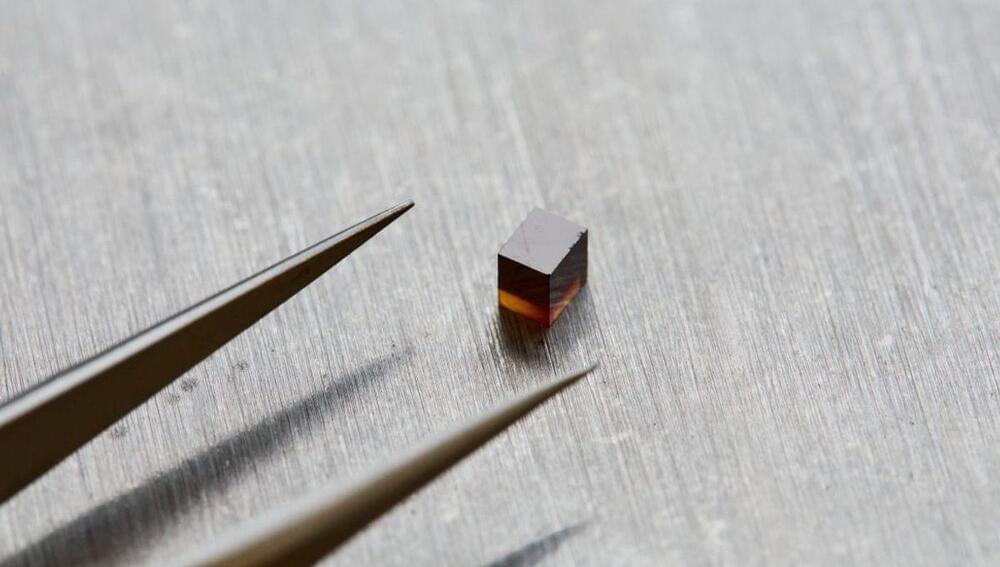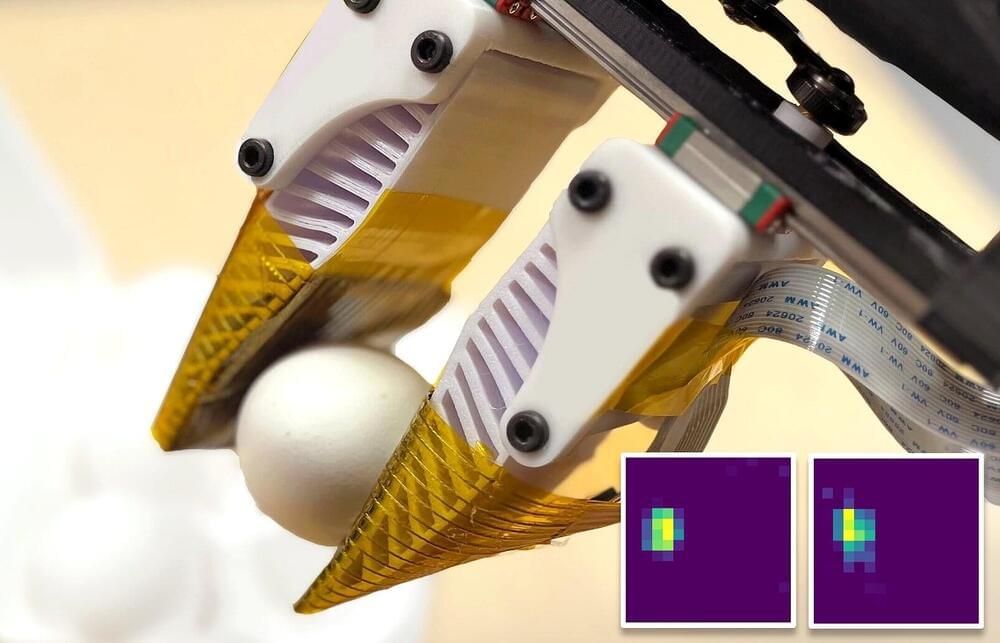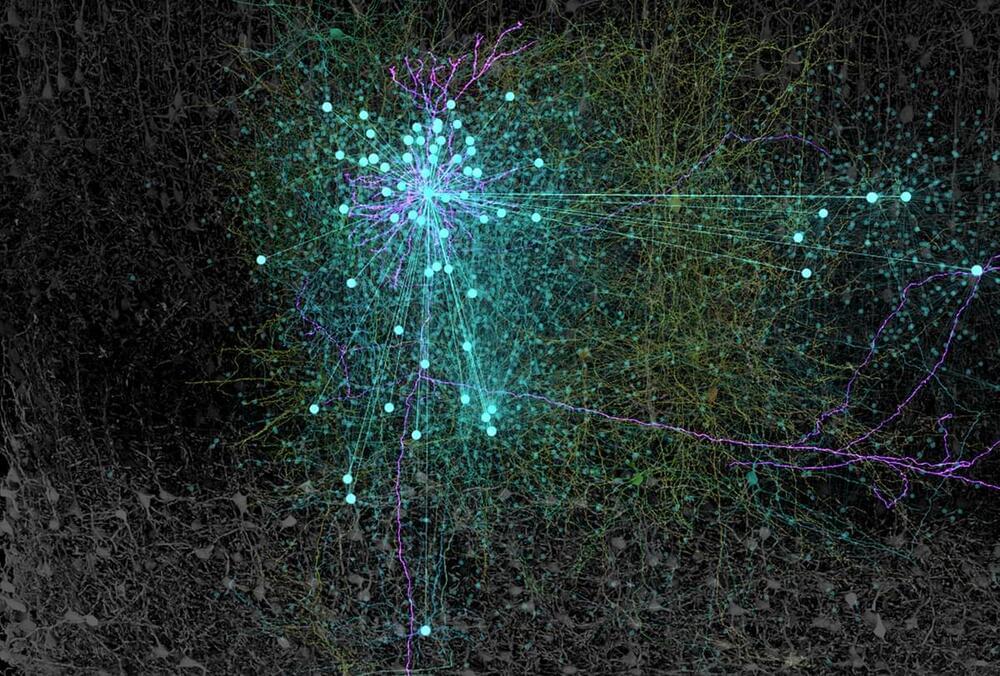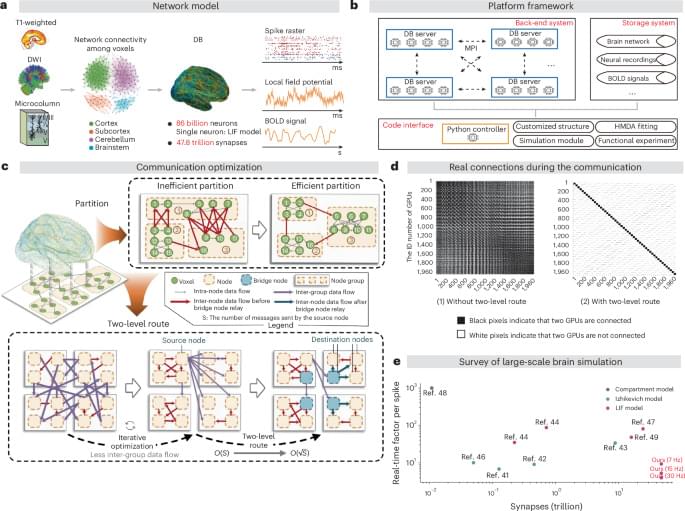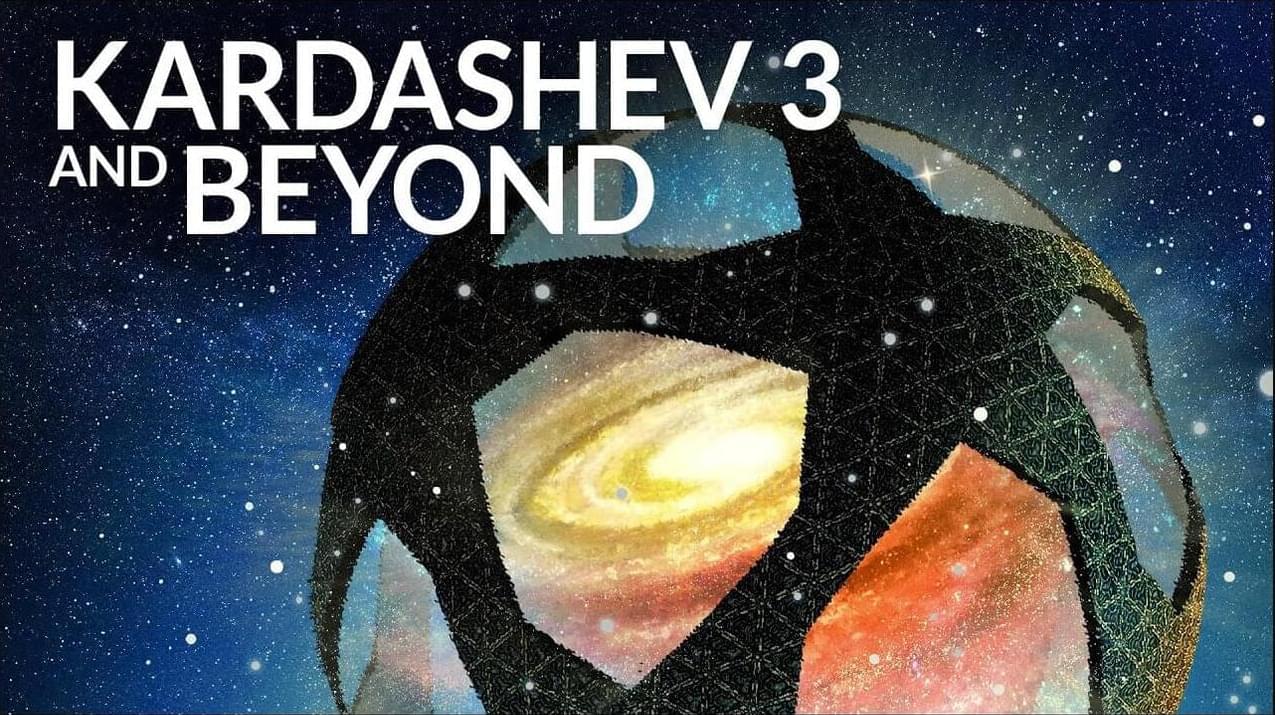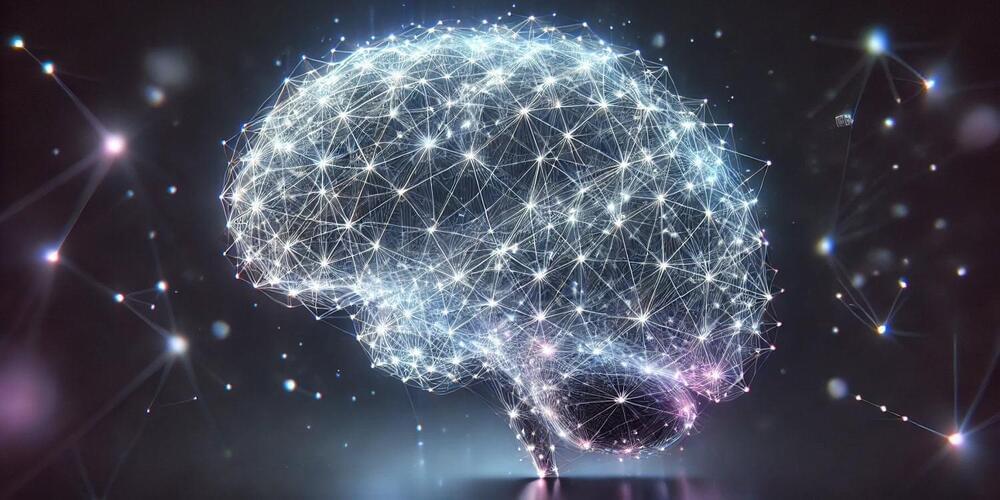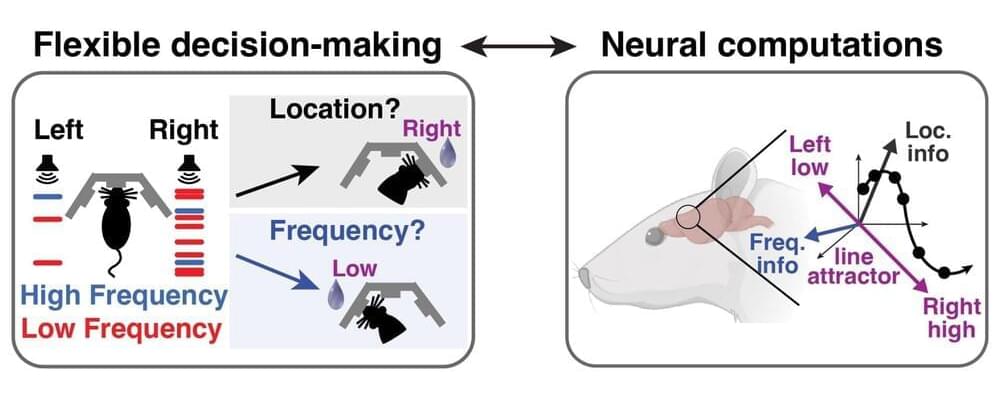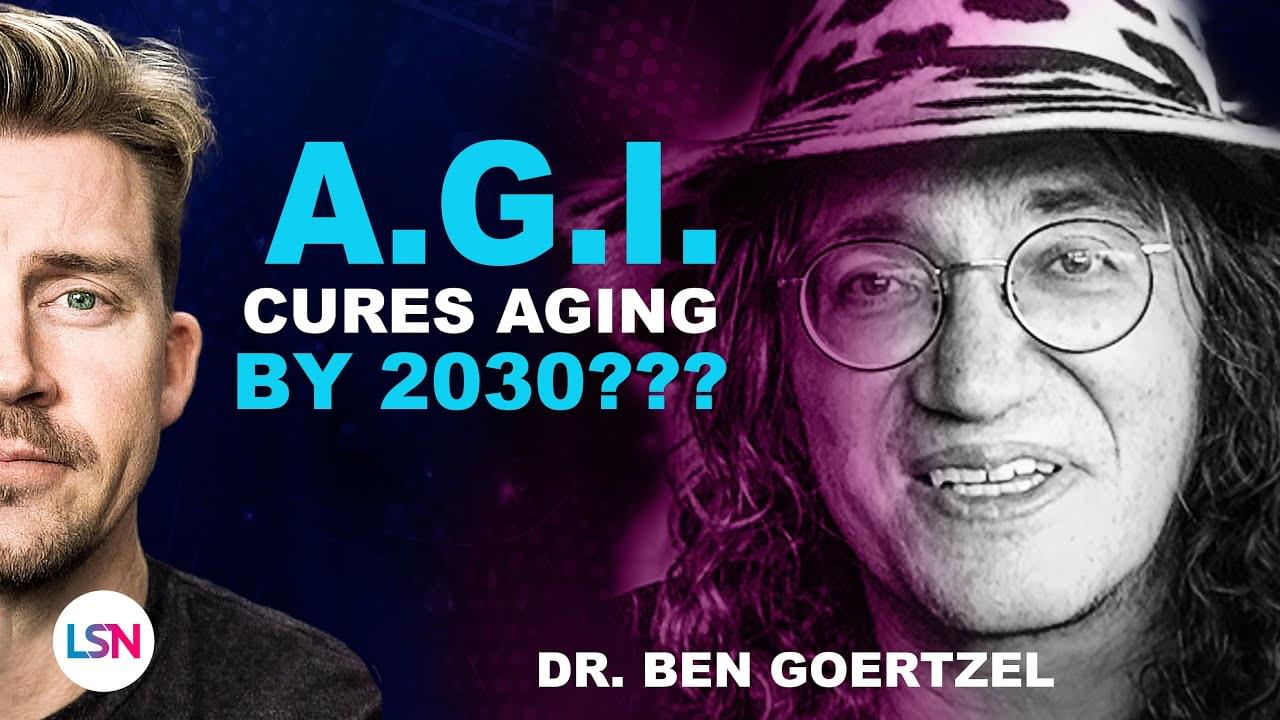Talking to distant spacecraft and more might become a lot easier.
A Neptune-sized planet, TOI-3261 b, makes a scorchingly close orbit around its host star. Only the fourth object of its kind ever found, the planet could reveal clues as to how planets such as these form.
An international team of scientists used the NASA space telescope, TESS (the Transiting Exoplanet Survey Satellite), to discover the exoplanet, then made further observations with ground-based telescopes in Australia, Chile, and South Africa. The measurements placed the new planet squarely in the “hot Neptune desert”—a category of planets with so few members that their scarcity evokes a deserted landscape.
The team, led by astronomer Emma Nabbie of the University of Southern Queensland, published their paper on the discovery, “Surviving in the Hot Neptune Desert: The Discovery of the Ultrahot Neptune TOI-3261 b,” in The Astronomical Journal in August 2024.
To assist humans with household chores and other everyday manual tasks, robots should be able to effectively manipulate objects that vary in composition, shape and size. The manipulation skills of robots have improved significantly over the past few years, in part due to the development of increasingly sophisticated cameras and tactile sensors.
Researchers at Columbia University have developed a new system that simultaneously captures both visual and tactile information. The tactile sensor they developed, introduced in a paper presented at the Conference on Robot Learning (CoRL) 2024 in Munich, could be integrated onto robotic grippers and hands, to further enhance the manipulation skills of robots with varying body structures.
The paper was published on the arXiv preprint server.
Researchers from Tokyo Metropolitan University have made tungsten disulfide nanotubes which point in the same direction when formed, for the first time. They used a sapphire surface under carefully controlled conditions to form arrayed tungsten disulfide nanotubes, each consisting of rolled nanosheets, using chemical vapor deposition.
The team’s technique resolves the long-standing issue of jumbled orientations in collected amounts of nanotubes, promising real world device applications for the exotic anisotropy of single nanotubes.
The study is published in the journal Nano Letters.
The cortex is filled with excitatory local synapses, but we know little about their role in brain function. New experimental tools, along with ideas from artificial intelligence, are poised to change that.
The Digital Brain platform is capable of simulating spiking neuronal networks at the neuronal scale of the human brain. The platform is used to reproduce blood-oxygen-level-dependent signals in both the resting state and action, thereby predicting the visual evaluation scores.
Go to https://ground.news/HOTU to stay fully informed on what’s happening in and out of our solar system. Subscribe through my link to get 50% off unlimited access.
————–
Written by @PaulMSutter
Check out his fantastic YouTube channel and podcast for more:
/ paulmsutter.
https://www.pmsutter.com/shows/askasp…
And his books which inspired this video: https://www.pmsutter.com/books.
A huge thanks to our Ho’oleilana Patreon supporters — James Keller and Unpunnyfuns.
Edited by Manuel Rubio @ArtandContext
Narrated by David Kelly.
Thumbnail art by Ettore Mazza: https://www.instagram.com/ettore.mazz…
Big Bang Animations by Jero Squartini https://www.fiverr.com/share/0v7Kjv using Manim — MIT License, © 2020–2023 3Blue1Brown LLC
Other animations by Siji Sheehan.
Sound Editing by Craig Stevenson.
Galaxies, space videos from NASA, ESO, and ESA
In a new study published in PNAS Nexus, scientists have demonstrated that artificial intelligence can predict different types of human intelligence by analyzing connections in the brain. Using neuroimaging data from hundreds of healthy adults, they found that predictions were most accurate for general intelligence, followed by crystallized intelligence, and then fluid intelligence. The findings shed light on the distributed and dynamic nature of intelligence, demonstrating that it arises from the global interplay of brain networks rather than isolated regions.
While prior research has established that intelligence is not localized to a single brain region but rather involves distributed networks, many studies have relied on traditional methods that focus on isolated brain features. These approaches have offered limited insights into how intelligence arises from the interplay of brain structure and function. By employing machine learning to analyze brain connectivity, the researchers aimed to overcome these limitations.
A key focus of the study was the distinction between three major forms of intelligence: general, fluid, and crystallized. General intelligence, often referred to as “g,” is a broad measure of cognitive ability that encompasses reasoning, problem-solving, and learning across a variety of contexts. It serves as an overarching factor, capturing shared elements between specific cognitive skills.
Research published in Nature has revealed that neural computations in different individuals can be implemented to solve the same decision-making tasks, even when the behavioral outcomes appear identical.
Cognitive flexibility is the ability of a brain to adapt its response to the same external stimulus, like light or sound, based on different contexts. For example, if someone calls your name in a crowded room, you must focus on the sound’s location or the voice characteristics to identify the person. This flexibility in selecting and processing relevant information while ignoring irrelevant information is crucial for survival and effective interaction with our environment.
While previously studied, the individual variability in neural computations yielding the same outcomes is poorly understood and lacks a comprehensive framework. The researchers in the Nature study aimed to understand these mechanisms.
Today I have the pleasure of speaking with a visionary thinker and innovator who’s making waves in the world of artificial intelligence and the future of human health. Dr. Ben Goertzel is the founder and CEO of SingularityNET, a decentralized AI platform that aims to democratize access to advanced artificial intelligence. He’s also the mind behind OpenCog, an open-source project dedicated to developing artificial general intelligence, and he’s a key figure at Hanson Robotics, where he helped create the well-known AI robot, Sophia.
Beyond AI, Dr. Goertzel is deeply involved in exploring how technology can enhance human longevity, contributing to initiatives like Rejuve, which aims to leverage AI and blockchain to advance life extension research. With a career that spans cognitive science, AI development, and innovative health tech, Dr. Goertzel is shaping the future in ways that will impact all of us. Please join me in welcoming Dr. Ben Goertzel!
PRODUCTION CREDITS
⎺⎺⎺⎺⎺⎺⎺⎺⎺⎺⎺⎺⎺⎺⎺⎺⎺⎺⎺⎺⎺⎺
Host, Writer — @emmettshort.
Executive Producer — Keith Comito
